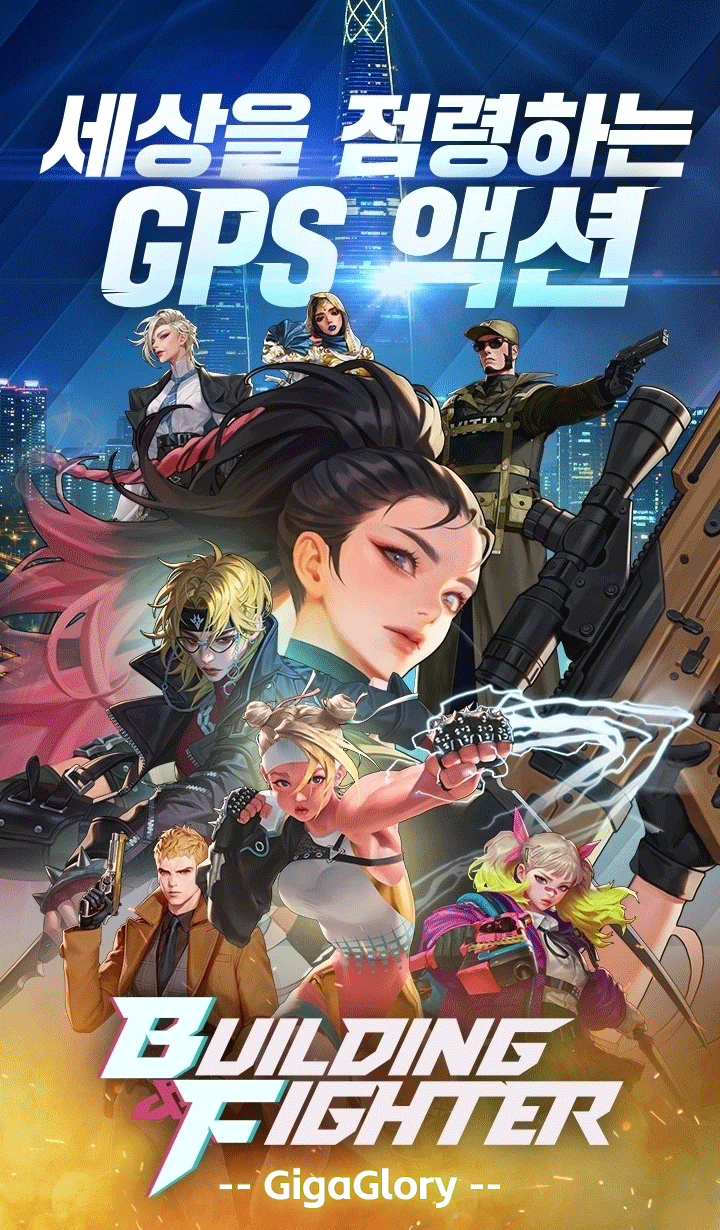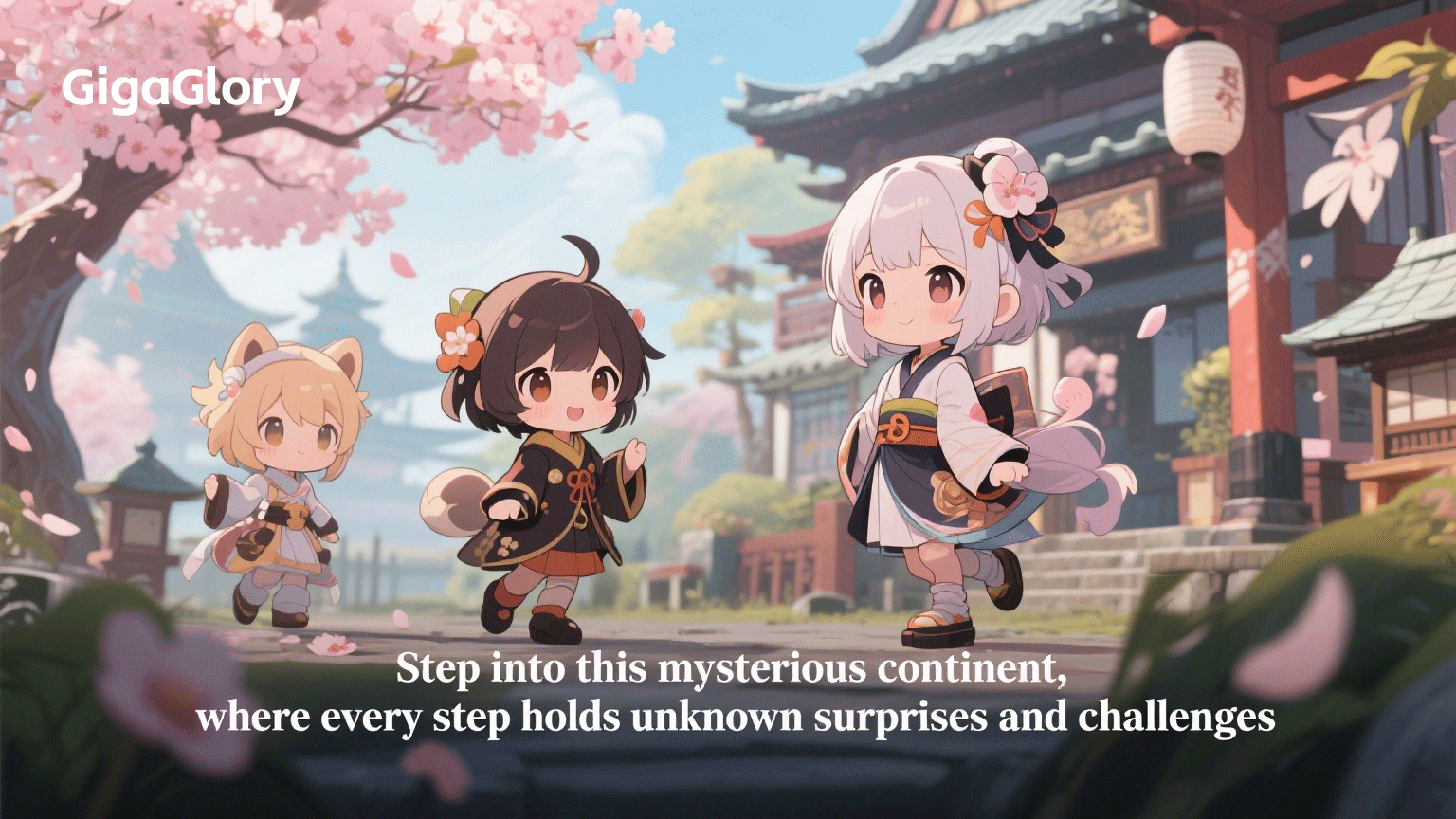Unlocking Creativity in Sandbox Games: The Rise of HTML5 Games and Their Impact on Play
Sandbox games have become synonymous with creativity and player agency. These games allow players to explore, build, and create in virtually limitless environments. Among the various genres, HTML5 games have surged in popularity, particularly for their accessibility and engaging features. So, where do sandbox games fit into this ever-evolving landscape? In this article, we’ll delve deep into the dynamic world of sandbox games, the rise of HTML5, and how they are reshaping the way we play.
What Are Sandbox Games?
Sandbox games are primarily characterized by an open world where players have the freedom to interact with the environment at their own pace. This genre encourages exploration and creativity, allowing individuals to construct, destroy, or collaborate within the virtual spaces. Some of the most notable sandbox games include:
- MineCraft
- Roblox
- Terraria
- Garry's Mod
These games often feature minimal restrictions and are designed to give players a unique experience tailored to their choices.
The Emergence of HTML5 Games
With the rise of web-based gaming, HTML5 games have carved a niche for themselves in this vibrant ecosystem. They are designed using HTML5 technology, allowing them to run directly in web browsers without the need for extra plugins. This ease of access represents a significant boon for players and developers alike.
Benefits of HTML5 Games
- Accessibility: Players can engage anytime, anywhere, using their web browsers.
- Cross-Platform Play: HTML5 games can be played across various devices, including PCs, tablets, and smartphones.
- No Installation Required: The requirement of nothing more than a web browser lowers barriers to entry.
Integrating Creativity with Sandbox Mechanics
The essence of sandbox games is creatively manipulating the game world. Newer HTML5 sandbox games leverage this aspect by allowing players to utilize various tools and features to express their creativity. The widespread acceptance of these games has led to innovative designs and gameplay mechanics that cater to imaginative minds.
Example: Builder Base in Clash of Clans
Consider the case of popular titles like Clash of Clans, where players can customize their builder base. At Level 6, players can unlock more intricate designs and strategies, merging traditional gaming with sandbox-style creativity. This blend allows for rich gameplay experiences, encouraging players to think critically about their designs.
How HTML5 Games Are Changing Player Engagement
Player engagement has seen a notable shift with HTML5 games. Here are some key points:
| Factor | Traditional Games | HTML5 Sandbox Games |
|---|---|---|
| Access | Limited to console/PC | Accessible via browser |
| Creativity | Restricted environments | Open world with customizing options |
| Community Interaction | Limited multiplayer functionality | Enhanced multiplayer and community features |
The Impact on Traditional Gaming
As players gravitate toward HTML5 sandbox games, traditional gaming models are feeling the pressure to evolve. Traditional games often feature linear progression, limited customization, and fixed experiences. The popularity of sandbox mechanics is prompting developers to rethink how they structure their games.
Evaluating Traditional Vs. Sandbox Experiences
Below are key differences between traditional games and sandbox experiences:
- Freedom of Play: Sandbox games provide a refreshing alternative, offering players much-needed autonomy.
- Community Involvement: Players can share creations and strategies, fostering a communal spirit.
- Endless Replayability: The customizable nature of sandbox games means players often return for more, unlike traditional formats.
Creative Development and Learning Through Play
Educators and developers alike have recognized the potential of sandbox games as educational tools. Players learn vital concepts like resource management and spatial awareness through engaging gameplay. HTML5 platforms frequently incorporate elements where players must problem-solve and innovate solutions.
Positive Outcomes in Educational Settings
For instance, sandbox games have been successfully used to teach basics from coding to history in interactive environments. They elevate understanding by allowing students to **visualize concepts and engage with content dynamically**. Here are some benefits:
- Enhanced critical thinking skills
- Teamwork and collaboration
- Improved digital literacy
Challenges and Limitations
Despite their advantages, HTML5 sandbox games face challenges. These include:
- Performance Issues: Running intensive graphics on browsers may lead to lag or crashes.
- Security Risks: Online interactions come with risks of cyber threats.
- Content Moderation: In open access environments, ensuring positive community standards can be tough.
The Future of Sandbox and HTML5 Games
Looking ahead, the combination of sandbox mechanics and HTML5 technology is likely to converge into even more fascinating experiences. Developers are poised to innovate, integrating advanced features like VR and AR into the sandbox framework.
Potential Trends to Watch
- **Increased Customization Options:** Players demand more creative control.
- **Improved Social Features:** Enhanced connectivity among players regarding sharing and learning.
- **Sustainable Gaming Environments:** Growing focus on eco-friendly game practices.
Conclusion
Sandbox games exemplify the liberation of creative expression within gaming. The rise of HTML5 games has transformed the landscape, enabling broader access and interaction among players. While they bring challenges, their potential for engagement, learning, and innovation is unmatched. As technology advances, the future of sandbox games appears promising, paving the way for even more varied and artistically rich experiences.
FAQ
What are the best sandbox games available on HTML5?
Some of the best include Little Alchemy, World’s Biggest Pac-Man, and Skribbl.io. These provide unique experiences that leverage the strengths of HTML5.
How do HTML5 games compare to traditional console games?
HTML5 games offer greater accessibility, ease of play, and often feature sandbox mechanics that allow for creativity and customization absent in traditional console offerings.
Are sandbox games suitable for all age groups?
Yes, sandbox games have a wide appeal and can cater to all age groups. Many educational institutions use them as tools for learning and engagement.



